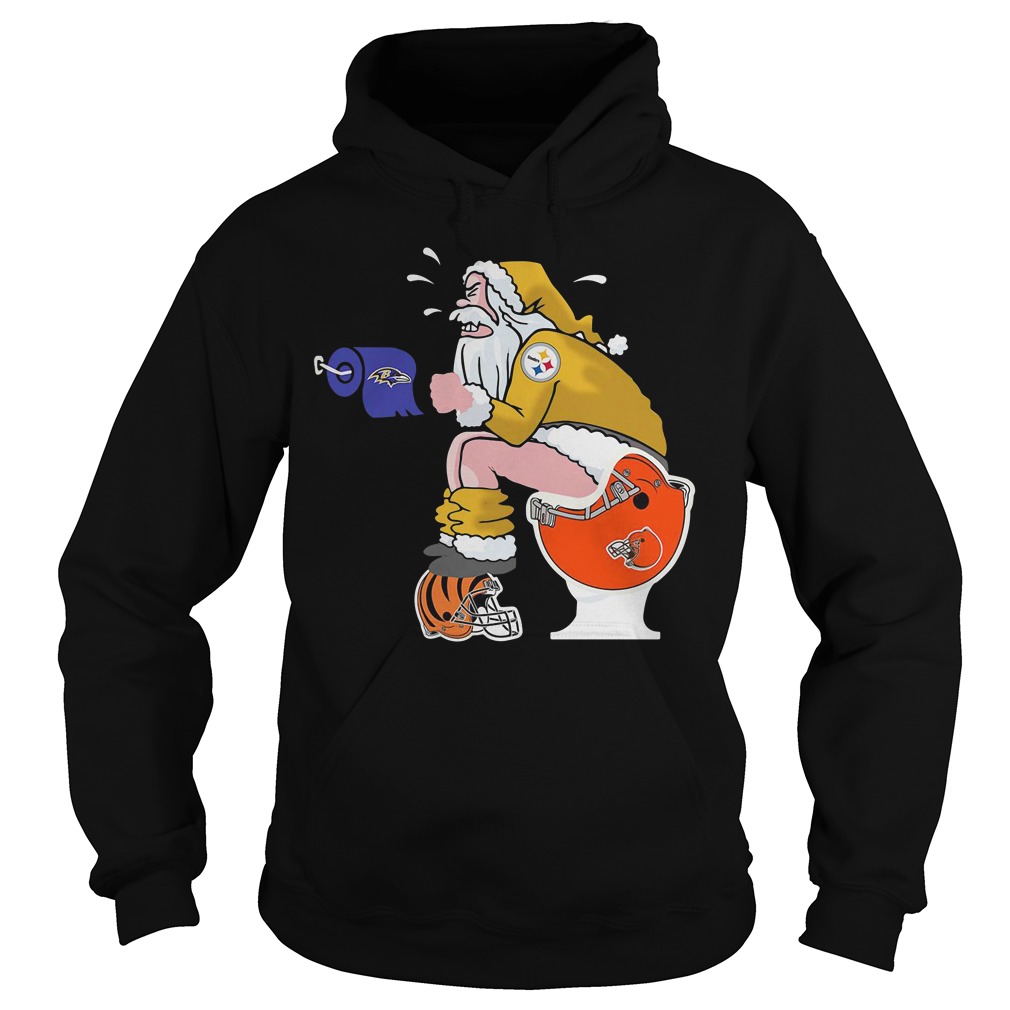
Warning: The next photo may make some readers uneasy. Rock legends Peter Townshend and Roger Daltrey of The Who, and the band’s manager, Bill Curbishley, also spoke to WCPO to mark the anniversary. 3, 1979, along with family members of four of the 11 victims - three from Finneytown - recently shared their stories to mark the anniversary. They were among the lucky ones that night.įorty years later, four Finneytown schoolmates who survived the tragedy outside The Who concert on Dec. And multiple people running through that same glass window.”

“Got her seated,” Wergers said, “and I came back down looking for the rest of the group and that’s when I found one of our friends, Cindy Meade, lying on the floor with no shoes, her purse gone, her coat gone, crying on the floor with a pile of other people’s belongings laying everywhere. But he didn’t foresee what he would encounter next. The 18-year-old Wergers had just survived a life-or-death drama on the plaza. “I hate to say this today - sorry, police officer - I slammed a cop to get us out of the way and we went running into the show,” said Wergers, who was one of several friends from Finneytown High School gathered at the coliseum for the highly anticipated concert. Then, Wergers remembers, the duo ran through the turnstiles into the arena, where they thought British rock legends The Who had started playing. “Safety has no profit,” Still said, “so it tends to be the last thing in the budget.The crush of an anxious crowd pressed Matt Wergers and his girlfriend through a glass door on the Riverfront Coliseum plaza in Cincinnati. Instead, they more often point at the event’s organizers for failing to provide a safe environment. Professionals don’t use the words “stampede” or “panic” to describe such scenarios because that can put the blame for the deaths on the people in the crowd. Why aren’t people calling this a stampede? That could be a crowd surge, structural collapse, fire or something else.Īllen said he has personally stopped about 25 performances by the likes of Oasis, the Red Hot Chili Peppers and Eminem. He recommends that events have trained crowd spotters with noise-cancelling headsets who are in direct communication with someone in close proximity to the performer who’s willing to temporarily stop the event if there’s a life-threatening situation.

“As soon as you add people into the mix, there will always be a risk,” he said of crowds. Steve Allen of Crowd Safety, a U.K.-based consultancy engaged in major events around the world, said it’s always important to monitor the crowd, but especially so now that events are ramping up in size following the the pandemic lockdown. Still also cited poor crowd-management systems, where event organizers don’t have strong procedures in place to report red flags or warnings, among the reasons deadly surges happen. Sometimes they’re caused by a crowd moving toward something, such as a performer on the stage, before they hit a barrier. Surges don’t always happen because people are running away from something. Or, in an example that Still said is much more common in the United States than other countries, someone yells, “He has a gun!” The crowd’s density may be the most important factor in a deadly surge, but it usually needs a catalyst to get everyone rushing in the same direction.Ī sudden downpour of rain or hail could send everyone running for cover, as was the case when 93 soccer fans in Nepal were killed while surging toward locked stadium exits in 1988.

That can also allow for pathways for security officers or for emergency exits. Still pointed to how some will set up pens around stages in order to break large crowds into smaller groups. Some venues will take precautions when they know a particularly high-energy crowd is coming to an event. That includes having enough space for everyone and large enough gaps for people to move about. Keith Still, a visiting professor of crowd science at the University of Suffolk in England who has testified as an expert witness in court cases involving crowds.įirst is the design of the event, including making sure that the density of the crowd doesn’t exceed guidelines set by the National Fire Protection Association and others. “My research covers over 100 years of disasters, and invariably they all come down to very similar characteristics,” said G. “They were aware that people were dying and they were helpless to save themselves.” What causes such events? “Survivors described being gradually compressed, unable to move, their heads ‘locked between arms and shoulders … faces gasping in panic,’” the report said. Some of them packed into a tunnel and were getting pressed so hard into perimeter fencing that their faces got distorted by the mesh, the inquiry found. The deaths occurred as more than 50,000 fans streamed into the stadium for a soccer match on a warm, sunny day.


 0 kommentar(er)
0 kommentar(er)
